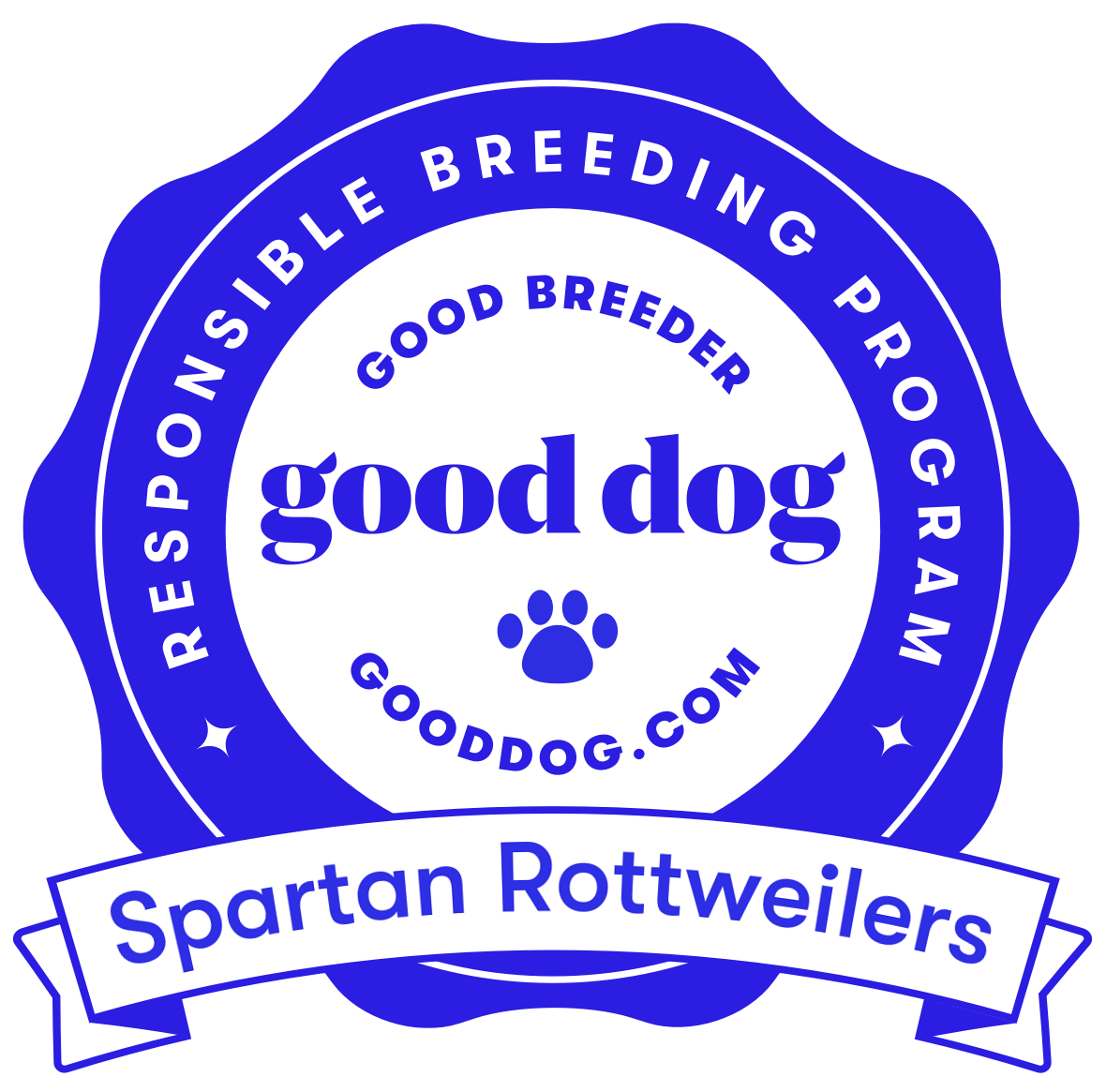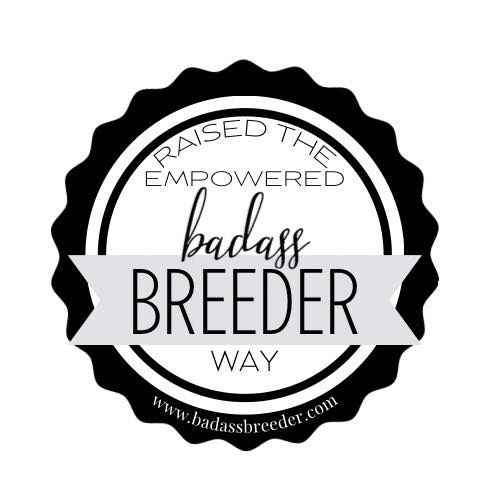Ethical Breeding Practices

I’m frequently asked important questions by prospective puppy buyers, many of which are recommended online as essential for anyone considering a new puppy. One of the most common questions I receive is:
“How many litters does your dog have each year?”
or “How many litters has your dog ever had?”
Understanding Breeding Frequency
It’s important to understand that female dogs typically come into heat every six to eight months, though this can vary by individual and breed. Responsible breeders, myself included, do not breed females before they are at least 1.5 to 2 years old. Each heat cycle has a brief “sweet spot”—about four to five days—when breeding is most successful.
If a female becomes pregnant, her gestation lasts approximately 63 days (about nine weeks), and puppies remain with me for another eight weeks before joining their new families.
Given these timelines, most responsible breeders will generally have no more than one litter per female per calendar year. This approach ensures that mothers have ample time to recover both physically and mentally, supporting their long-term health and well-being.
Health and Well-Being
The health of my adult dogs is always my top priority. My veterinarian examines them at least twice a year, and I maintain close contact for any health concerns throughout the year. I personally monitor each dog’s weight, nutrition, pest prevention, and overall well-being, as well as their behavior at home and with other dogs.
If any adult’s health is not at its best, they are not bred until they have fully recovered. This careful attention ensures my dogs are happy, healthy, and thriving in a low-stress environment.
Enrichment and Daily Care
My dogs enjoy five separate play yards, each equipped with climbing structures and shelters to protect them from the weather. They have access to a variety of toys for chewing, tugging, and playing. Their diet is tailored to their age and activity level, focusing on high-protein, high-energy nutrition. I supplement their meals with daily vitamins, salmon oil, and frequent treats of cooked organic beef, chicken, and pork.
Ethical Breeding Practices
When my females are healthy and fully recovered, I may consider breeding them again—but never more than what is safe and responsible. All of my puppies are placed in well-prepared, educated homes, and I am proud to say that none of my puppies have ended up in shelters.
My breeding program is designed to avoid overbreeding. When my dogs retire from breeding, they remain cherished members of our farm family or are placed in carefully selected homes to enjoy their senior years in comfort and love.
In summary:
I am dedicated to breeding with the utmost care, prioritizing the health and happiness of my dogs and ensuring the best possible start for every puppy I raise.






